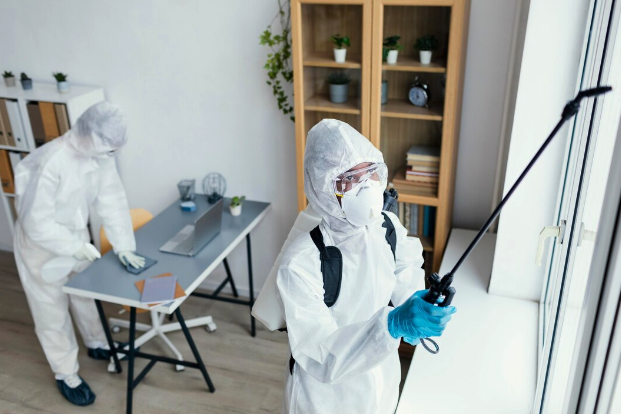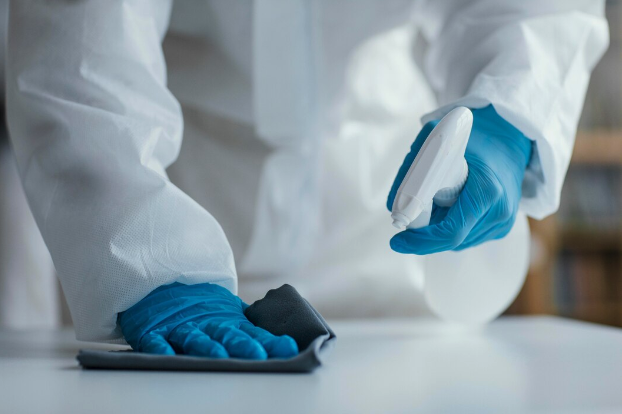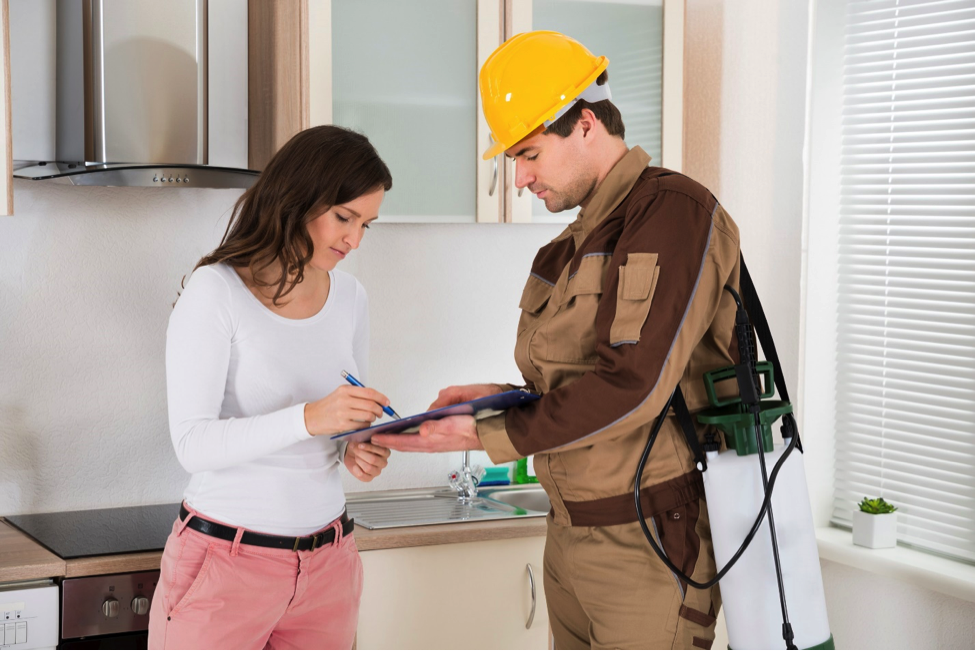How to Safely Handle Biohazard Situations at Home

Do you have something in your home that could be a biohazard? Think again before handling the situation, here is exactly what you should do!

In the hustle and bustle of daily life, it’s easy to overlook potential hazards that may exist within our own homes. From minor spills to more significant accidents, biohazard situations can arise unexpectedly, posing risks to our health and well-being if not handled properly. Understanding the causes of having biohazard at home is crucial for effective prevention and response. The presence of biohazards at home can stem from minor household accidents to more severe occurrences such as sewage backups or mold infestations.
When faced with a biohazard situation at home, whether it be a spill of bodily fluids, a mold outbreak, or a sewage backup, it’s essential to approach the cleanup process with caution and care. Mishandling hazardous materials can lead to the spread of contaminants and pose serious health risks to you and your family. Here are some crucial steps to safely handle hazardous situations at home:
- Assess the Situation
Before initiating any cleanup endeavors, it’s crucial to first evaluate the scope of the biohazardous materials present and the associated risks. This assessment allows for informed decisions on whether the situation can be safely handled independently or necessitates professional intervention. Biohazard incidents involving hazardous chemicals or significant sewage backups often demand the specialized skills and equipment of trained professionals due to heightened risks. Taking this precautionary step ensures both personal safety and effective mitigation of the biohazard.
- Protect Yourself
Personal protective equipment (PPE) is indispensable for handling hazardous materials, providing crucial protection against potential exposure to harmful pathogens and contaminants. It is imperative to wear gloves, goggles, and a mask to safeguard oneself during such tasks. Furthermore, opting for disposable coveralls can offer an extra layer of protection, minimizing the risk of contaminating personal clothing.
- Contain the Area
After evaluating the scenario and equipping oneself with suitable personal protective equipment (PPE), it’s imperative to contain the affected area effectively. Utilize barriers such as plastic sheeting or caution tape to restrict unauthorized access and mitigate the dissemination of contaminants. Additionally, if feasible, enhance ventilation by opening windows and utilizing fans to disperse odors and airborne particles, thereby improving the overall safety of the environment. These containment measures are vital steps in managing biohazard situations effectively and minimizing potential risks.

- Follow Proper Cleanup Procedures
Different types of biohazards necessitate specific cleanup procedures tailored to their nature. For instance, the cleanup of blood spills differs from that of sewage backups or mold infestations. It is essential to refer to reputable sources or seek guidance from professionals to ensure adherence to appropriate cleanup protocols specific to the hazardous situation. By doing so, you can effectively mitigate risks and ensure the safe and thorough cleanup of the affected area.
- Use Effective Cleaning Agents
When cleaning up hazardous materials, it’s crucial to use disinfectants and cleaning agents that are proven to be effective against the pathogens involved. Look for products that are registered with the Environmental Protection Agency (EPA) and follow the manufacturer’s instructions for proper use and dilution.
- Dispose of Waste Properly
After completing the cleanup process, properly dispose of any contaminated materials in accordance with local regulations. Use sturdy, leak-proof bags to contain biohazardous waste and label them clearly to alert waste management personnel to the potential hazards. If in doubt, contact your local health department or waste management authority for guidance on proper disposal procedures.
- Decontaminate Surfaces
Once the cleanup is complete, thoroughly decontaminate any surfaces that may have come into contact with hazardous materials. Use disinfectants or bleach solutions to kill any remaining pathogens and reduce the risk of further contamination. Be sure to clean and disinfect any tools or equipment used during the cleanup process as well.
- Monitor for Signs of Contamination
In the days following a biohazard incident, monitor yourself and your family members for any signs of illness or contamination. Symptoms such as fever, nausea, vomiting, diarrhea, or respiratory issues may indicate exposure to harmful pathogens. If you or anyone in your household experiences such symptoms, seek medical attention promptly.
- Seek Professional Help if Necessary
Some biohazard situations may be too complex or hazardous to handle on your own. If you’re unsure about how to safely manage a particular situation or if you feel overwhelmed by the cleanup process, don’t hesitate to seek professional assistance. Biohazard remediation companies specialize in safely and effectively cleaning up hazardous materials and can provide the expertise and equipment needed to restore your home to a safe and sanitary condition.
Final Thoughts
By following these guidelines, you can effectively and safely handle biohazard situations at home, minimizing the risks to yourself and your loved ones. Remember to always prioritize safety and take the necessary precautions to protect yourself and others from potential harm. With the right knowledge and preparation, you can confidently tackle hazardous incidents and maintain a healthy living environment for your family.








